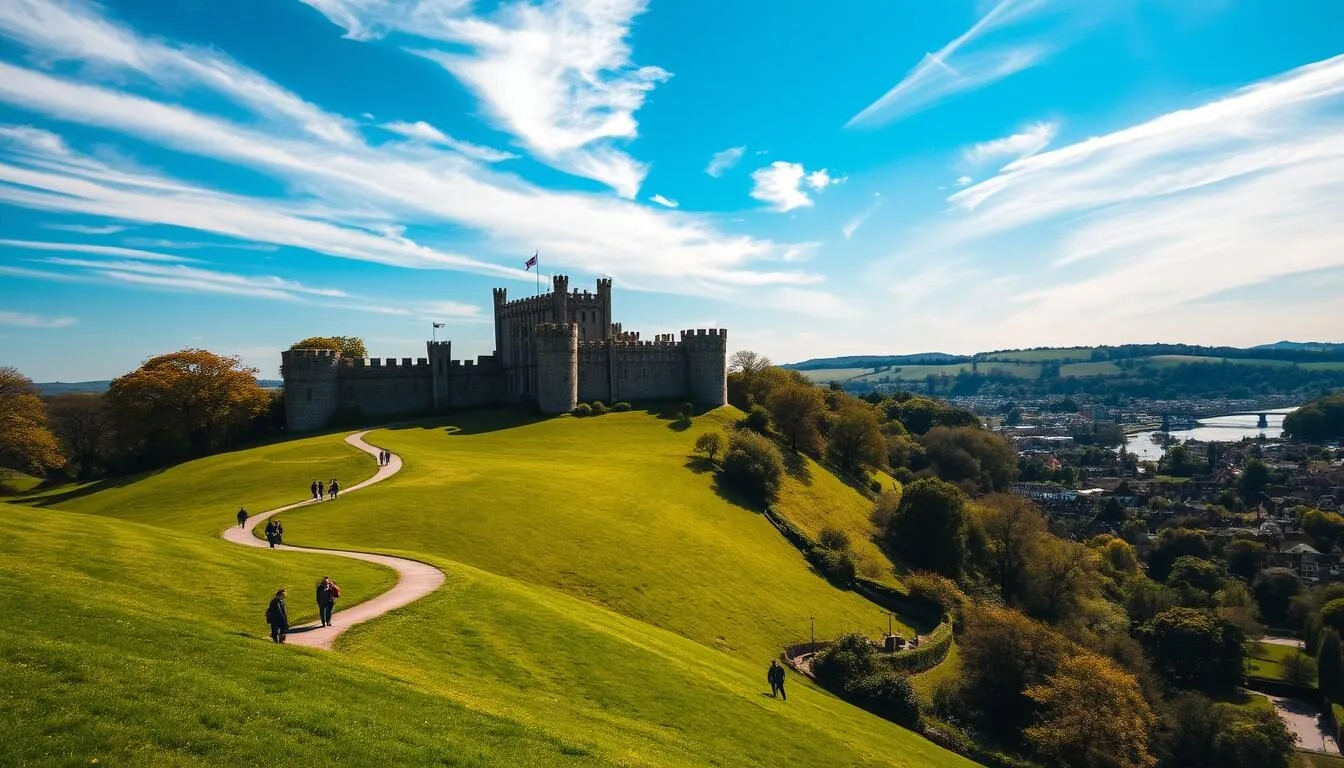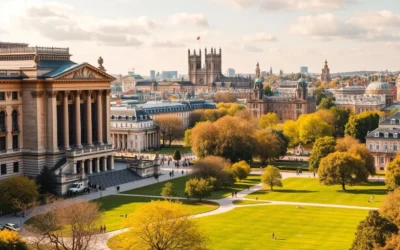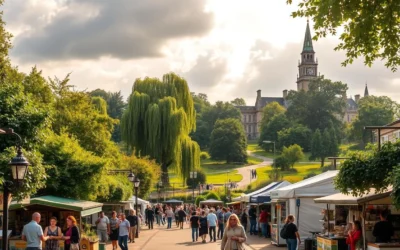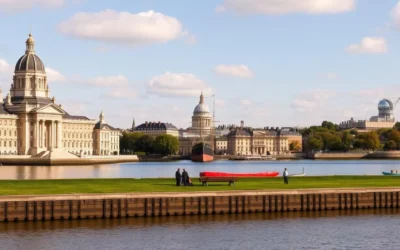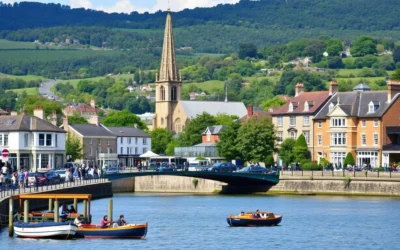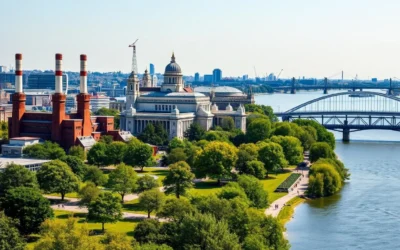1. London, England – Population: 8,982,000
Known for its iconic landmarks like the Tower of Big Ben, Buckingham Palace, and the British Museum.
2. Birmingham, England – Population: 1,141,000
Famous for its industrial heritage and vibrant arts and music scene.
3. Manchester, England – Population: 545,000
Known for its football teams (Manchester United and Manchester City) and cultural scene.
4. Glasgow, Scotland – Population: 635,000
Famous for its vibrant arts scene, museums, and Scottish heritage.
5. Leeds, England – Population: 789,000
Known for its diverse cultural attractions and shopping districts.
6. Sheffield, England – Population: 584,000
Famous for its industrial history, especially steel production, and its outdoor parks.
7. Bradford, England – Population: 537,000
Known for its rich history in textile production and its UNESCO City of Film status.
8. Edinburgh, Scotland – Population: 530,000
Famous for the Edinburgh Festival, its historic castle, and Georgian architecture.
9. Liverpool, England – Population: 498,000
Known for The Beatles, its waterfront, and a rich maritime history.
10. Cardiff, Wales – Population: 364,000
Famous for its rugby culture, Cardiff Castle, and being the capital of Wales.
11. Coventry, England – Population: 371,000
Known for its automotive history and the Coventry Cathedral.
12. Nottingham, England – Population: 321,000
Famous for the legend of Robin Hood and its medieval architecture.
13. Newcastle upon Tyne, England – Population: 148,000
Known for its iconic bridges and nightlife, as well as its history in shipbuilding.
14. Stoke-on-Trent, England – Population: 249,000
Famous for its pottery industry and historic ceramics.
15. Kingston upon Hull, England – Population: 260,000
Known for its maritime heritage and cultural offerings like The Deep aquarium.
16. Southampton, England – Population: 252,000
Famous for its port, being the birthplace of the Titanic, and its maritime history.
17. Wolverhampton, England – Population: 262,000
Known for its industrial history and being a hub for manufacturing.
18. Leicester, England – Population: 355,000
Famous for Leicester Cathedral, the discovery of Richard III’s remains, and its cultural diversity.
19. Derby, England – Population: 255,000
Known for its role in the industrial revolution, especially in the railway sector.
20. Aberdeen, Scotland – Population: 198,000
Famous for its oil industry, granite architecture, and proximity to the North Sea.
21. Brighton & Hove, England – Population: 290,000
Known for its beach, pier, and being a cultural hotspot with a vibrant LGBTQ+ scene.
22. Blackpool, England – Population: 142,000
Famous for its seaside attractions, including the Blackpool Tower and Pleasure Beach.
23. Oxford, England – Population: 154,000
Known for the University of Oxford, one of the oldest and most prestigious in the world.
24. Cambridge, England – Population: 130,000
Famous for the University of Cambridge, rich in history, architecture, and academic achievements.
25. Peterborough, England – Population: 202,000
Known for its cathedral and historical significance in the medieval period.
26. Norwich, England – Population: 213,000
Famous for its medieval buildings, including Norwich Cathedral, and its historical markets.
27. Swindon, England – Population: 221,000
Known for its railway history and proximity to the Cotswolds.
28. Bath, England – Population: 89,000
Famous for its Roman baths and Georgian architecture.
29. Milton Keynes, England – Population: 229,000
Known for its modernist architecture and being a center for commerce and education.
30. Hastings, England – Population: 92,000
Famous for the Battle of Hastings in 1066 and its seaside views.
31. Exeter, England – Population: 130,000
Known for its medieval cathedral and rich Roman history.
32. York, England – Population: 211,000
Famous for its Roman, Viking, and medieval history, including York Minster.
33. Guildford, England – Population: 77,000
Known for its historical landmarks, including Guildford Castle and its vibrant town center.
34. Wakefield, England – Population: 328,000
Known for its historical significance and beautiful parks and gardens.
35. Southend-on-Sea, England – Population: 182,000
Famous for its pier, the longest in the world, and its beach.
36. Redcar, England – Population: 63,000
Known for its coastal views and its iron and steel industries.
37. Slough, England – Population: 164,000
Famous for its proximity to London and being a key area for business and commerce.
38. Woking, England – Population: 67,000
Known for its proximity to London and its shopping centers.
39. Chester, England – Population: 120,000
Famous for its Roman walls, medieval architecture, and Chester Zoo.
40. Worcester, England – Population: 100,000
Known for Worcester Cathedral and its famous sauce, Worcestershire sauce.
41. St Albans, England – Population: 147,000
Famous for its Roman history and St Albans Cathedral.
42. Darlington, England – Population: 105,000
Known for being the home of the world’s first passenger railway.
43. Swindon, England – Population: 221,000
Known for its railway history and being a center for commerce and education.
44. Aberystwyth, Wales – Population: 18,000
Famous for its university, seafront, and historical sites.
45. Newport, Wales – Population: 151,000
Known for its historical bridges and proximity to Cardiff.
46. King’s Lynn, England – Population: 42,000
Famous for its maritime history and Old Town.
47. Halifax, England – Population: 88,000
Known for its industrial heritage, especially in textiles and wool.
48. Caerphilly, Wales – Population: 66,000
Famous for Caerphilly Castle, the largest castle in Wales.
49. Milton Keynes, England – Population: 229,000
Known for its modernist design, large parks, and major shopping centers.
50. Shrewsbury, England – Population: 72,000
Famous for its Tudor-style buildings, Shrewsbury Castle, and the birthplace of Charles Darwin.
The above is subject to change.
Check back often to TRAVEL.COM for the latest travel tips and deals.
Here are some Tours & Sightseeing suggestions that might pique your interests!
